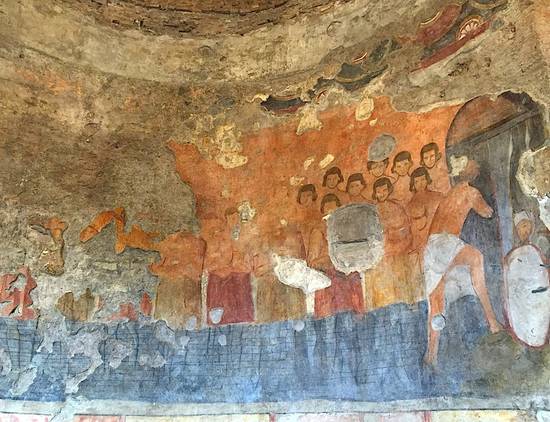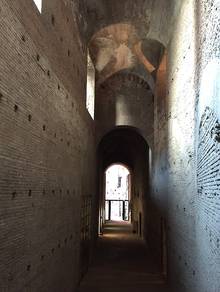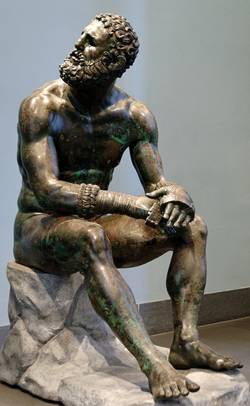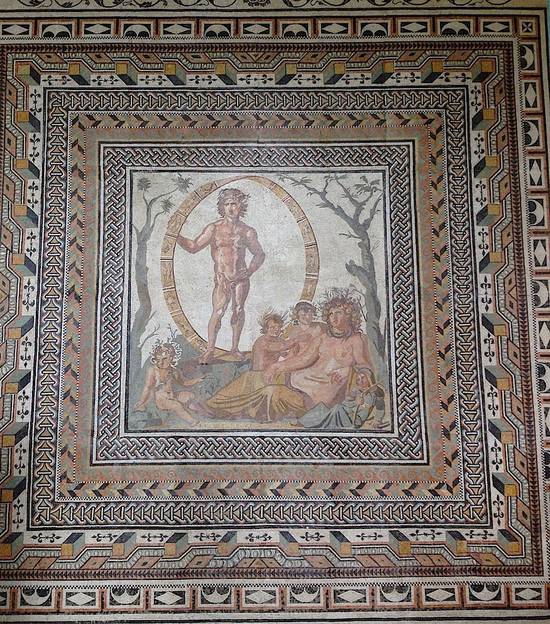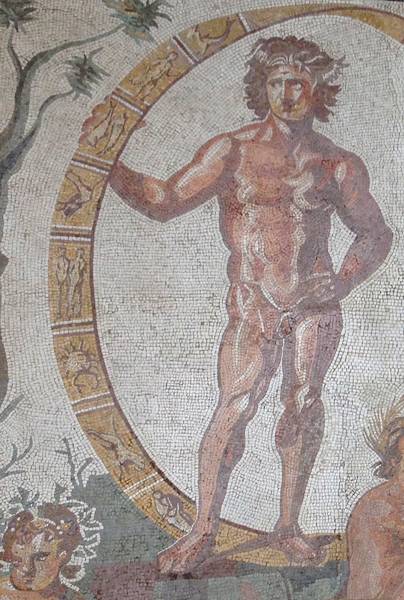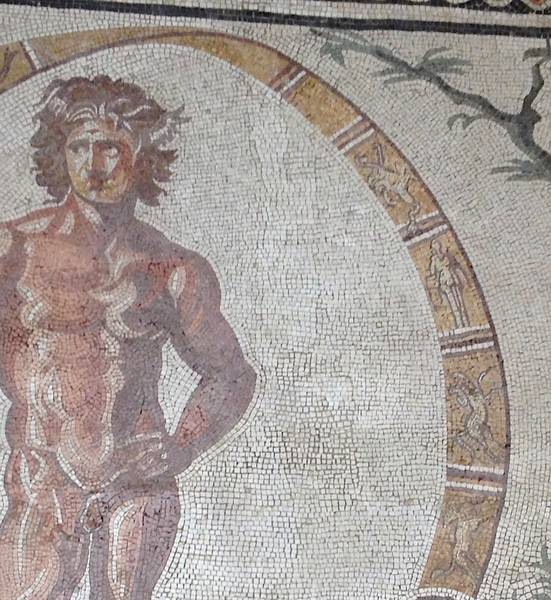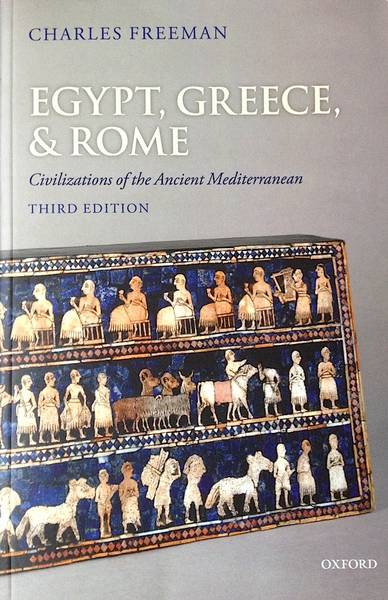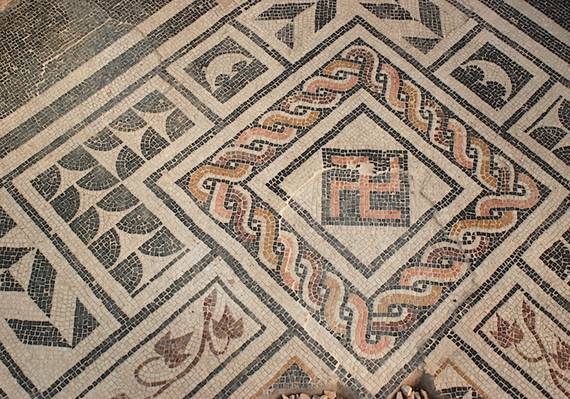Book review of Gilbert J. Gorski and James E. Packer, The Roman Forum: A Reconstruction and Architectural Guide, Cambridge University Press, 2015.
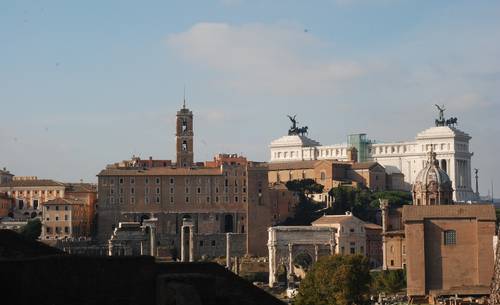
It needed quite a lot of collaboration between kind friends before I could own a copy of this book. It is a lavishly detailed and illustrated study of the western end of the Roman Forum throughout its history, and is understandably pricey. One of the authors, James Packer, is a professor of Classics and an authority on the Forum of Trajan that adjoins the original Forum. He has excavated here and on the site of the Theatre of Pompey. His collaborator, Gilbert Gorski, is an architect who specialises in illustrating reconstructions. Between them they have produced a truly magnificent volume.
The area of the Forum they have chosen for their intensive study includes the Tabularium on the eastern slope of the Capitoline Hill, which still looks down on the valley with its original lower storey acting as a foundation for later medieval buildings. The furthest building to the east is the circular temple of the Vestal Virgins. On either side of the Via Sacra which runs through the Forum are two grand basilicas, the Basilica Julia on the south side below the Palatine and the Basilica Aemilia which is next to the Curia or Senate House. The Curia stands largely intact in the form in which it was rebuilt by Diocletian at the end of the 3rd century AD. This area encloses several temples, three triumphal arches, of which that of Septimius Severus (dedicated AD 202–3) is the most imposing today, and the rostra or speaking platforms.
Before discussing each building in detail, Gorski and Packer provide an architectural history of the Forum. From the start there are extensive reconstructions, notably, in the first chapter, vistas of the ensemble in its heyday. Panoramic fold-outs add to the luxury of the volume. This chapter covers the building types, techniques and materials from the reconstruction of the Forum by Augustus with an overview of his most important commissions. What is lacking is coverage of his other major projects outside this designated area, notably the Temple of Mars Ultor to the north. The authors can only give this a brief mention and so the wider study of Augustus’ vast building programme—82 temples in all are said to have been restored by him after the neglect of the late Republic—is inevitably limited.
Yet a broader history of imperial Rome is not the purpose of the book which benefits enormously from a focus that charts the evolution of a specific space over the centuries. The second chapter surveys the later reconstructions and restoration of the Forum until the end of the Empire. There were new buildings, such as the Temple to Antoninus and Faustina, begun by the emperor Antoninus Pius in AD 141 after the death of Faustina his wife, and complete by 150. Fire was a continual hazard. Often this gave scope for new building but by the time the Basilica Aemilia was completely destroyed during Alaric’s sack of Rome in 410, there was little incentive, or resources, to rebuild it. The city government closed off the ruins from sight with a brick wall, part of which still stands. Melted coins from the fire can still be seen in the basilica pavement. It was, surprisingly, the Ostrogoth Theodoric, then ruling from Ravenna, who restored some of the decaying buildings in the late 5th century. The statue of the Eastern emperor, Phocas, set up in 608 on an earlier column, is the last recorded monument of the ancient Forum.
The bulk of the volume examines each of the major buildings one by one. So there is a description of the site and its previous buildings before the new commission. In some cases texts or even inscriptions survive that honour the patron and the background to the decision to build. So Augustus celebrates the return of the standards captured by the Parthians with a small triumphal arch. His successor, Tiberius, uses the spoils of campaigns in Pannonia and Dalmatia to rebuild the Temple of Concord and grace it with Greek statuary. The temple is later used by the senators as an alternative meeting place to the Curia. The Portico of the Dei Consentes (honouring in its origins the gods of Olympus) was developed as a series of shops faced by the columned portico itself by a succession of emperors from Titus through to Hadrian in the 2nd century.
Overall the book is a triumph of digital reconstruction. Not least of its glories is the imaginative use of illustrations, coins that show the original buildings, fragments of the cornices or paving, earlier depictions of the ruins before they had vanished still further. Photographs show the interior of the Curia when it was the Baroque church of Sant’Adriano and a page displaying the various marbles gives a hint of the vanished opulence of the interiors. So generous are the illustrations that there is even room for alternative reconstructions; what kind of roof did the Temple of the Vestal Virgins have and did the Basilica Julia have a second-storey terrace or not? The final chapter concentrates on how visitors over the centuries would have seen the Forum as they entered it.
After all the bright, shining—and perhaps rather clinical— reconstructions, the end has to come. There is a final view from the late 6th century that shows the buildings still standing but the bronze chariots and horses from the triumphal arches have vanished. Grass is growing in their place and the pavements too are full of weeds. This melancholy scene is suitably backed by a thunderous sky.
Much survived into the Middle Ages with some buildings used as strongholds by one aristocratic faction or other. However the mass of stone or marble was too tempting for the popes. So Poggio Bracciolini records the Temple of Saturn in 1402 as ‘almost intact with fine marble work’. By the time he visited Rome again in 1447 ‘the Romans’ had taken the cella and part of the portico of the temple to the lime kiln, detached the columns and demolished the rest. Houses then filled the site as the rest of the Forum gradually silted up.
The frontispiece shows the view of the Forum from an opulently marbled pavilion in the Domus Tiberiana on the Palatine Hill. Two toga-ed Romans stand together scrutinising plans of what lies before them. They turn out to be our authors and who can deny that their intensive study and knowledge of the buildings entitle them to be honorary Roman citizens. Few of their forebears would have known as much about the centre of their city as they do. The have produced a sumptuous and informative book which I will treasure.
Reviewed by Charles Freeman, historical consultant to the Blue Guides and author of Sites of Antiquity: 50 Sites that Explain the Classical World.







